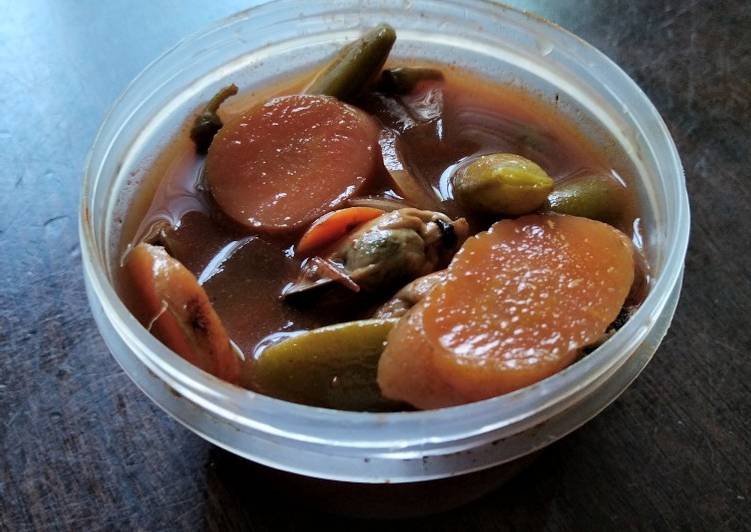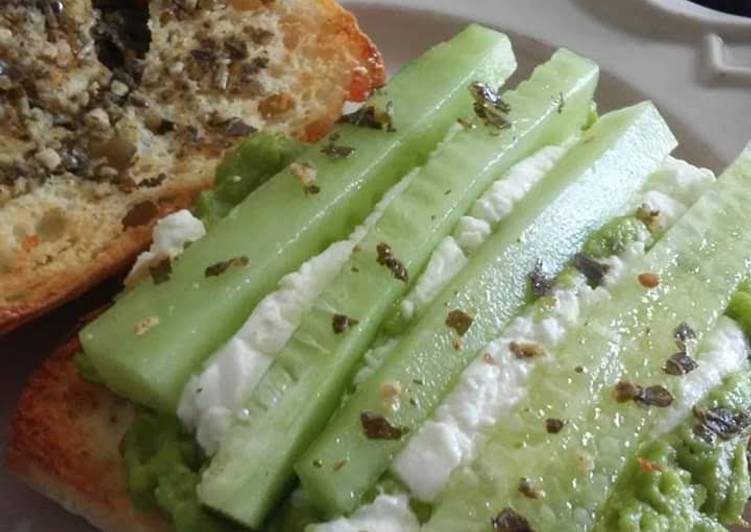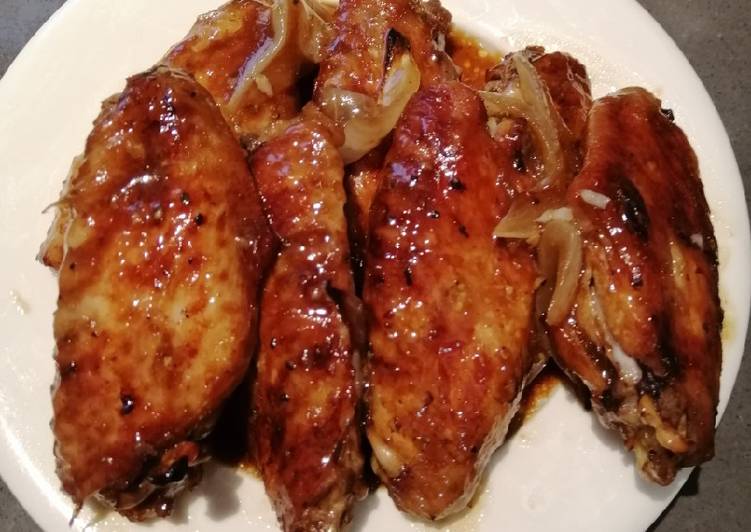
Hi there everyone, this time we provides you with not jjampong (korean inspired no-noodles mussel soup) recipes of dishes which can be straightforward to grasp. We are going to share with you the recipes that you’re in search of. I’ve made it many occasions and it is so scrumptious that you just guys will like it.
Not jjampong (Korean inspired no-noodles mussel soup) is one of the most well liked of recent trending meals in the world. It is appreciated by millions daily. It is simple, it’s quick, it tastes delicious. Not jjampong (Korean inspired no-noodles mussel soup) is something that I have loved my entire life. They are fine and they look fantastic.
Jjamppong is spicy seafood noodle soup. It's a popular Korean noodle dish. Jjamppong Korean Seafood Noodle Soup Recipe & Video.
To begin with this recipe, we must prepare a few ingredients. You can cook not jjampong (korean inspired no-noodles mussel soup) using 10 ingredients and 7 steps. Here is how you can achieve that.
The ingredients needed to make Not jjampong (Korean inspired no-noodles mussel soup):
- Make ready 500 g mussels (or mixed seafood, Korean recipes use cockles)
- Take 3 carrots, sliced
- Take 600 g snap peas (or vegetables, preferably bok choy/cabbages)
- Prepare Half large onion (Korean recipes usually use spring onions)
- Take 2 tbsp gochujang (/ chili powder but will taste different)
- Take 2 tbsp doenjang (skip if you don't have)
- Get 2 tbsp soy sauce (increase if no doenjang)
- Prepare 4 dried kelp (or 1 fish/vegetable stock cube)
- Prepare 2 tbsp sugar/honey (Korean recipes usually call for corn syrup)
- Make ready 900 ml water
They are usually served in huge portions and both use the same noodles. Jjamppong (짬뽕) is a Korean noodle soup with red, spicy seafood- or pork-based broth flavored with gochugaru (chili powder). Common ingredients include onions, garlic, Korean zucchini, carrots, cabbages, squid, mussels, and pork. Jjamppong is a popular Korean-Chinese noodle soup!
Instructions to make Not jjampong (Korean inspired no-noodles mussel soup):
- Quite easy actually, start by boiling water. Add the kelp or the stock cube. If you have dried anchovies, it's much better for the broth.
- Add the minced onions, Korean recipes usually call for spring onions alongside onions.
- Add the gochujang and doenjang.
- Add the mussels (or mixed seafood, usually octopus, cockles, prawns, squid), sliced carrots, and greens (I use snap peas) here.
- Add soy sauce. Taste, add sugar if you like it sweeter (Korean recipes usually call for corn syrup), add chili powder if you want it spicier.
- Wait until the soup boils and carrots are soft in medium heat, or for deeper taste, in low heat.
- Enjoy with rice, or if you want something closer to jjampong, add cooked noodles into the broth straight before serving.
It's loaded with pork, seafood and vegetables! A spicy, hearty noodle soup packed with robust flavors! Korean-Chinese cuisine was developed by early Chinese immigrants in Korea, and has become a huge part of Korean food culture. Jjamppong is a spicy Korean seafood noodle soup. Try this delicious and easy Jjamppong recipe that's authentic and tastes better than Korean restaurants.
Above is methods to cook not jjampong (korean inspired no-noodles mussel soup), very straightforward to make. Do the cooking stages appropriately, chill out and use your heart then your cooking shall be scrumptious. There are a lot of recipes that you would be able to try from this web site, please discover what you want. For those who like this recipe please share it with your mates. Joyful cooking.

